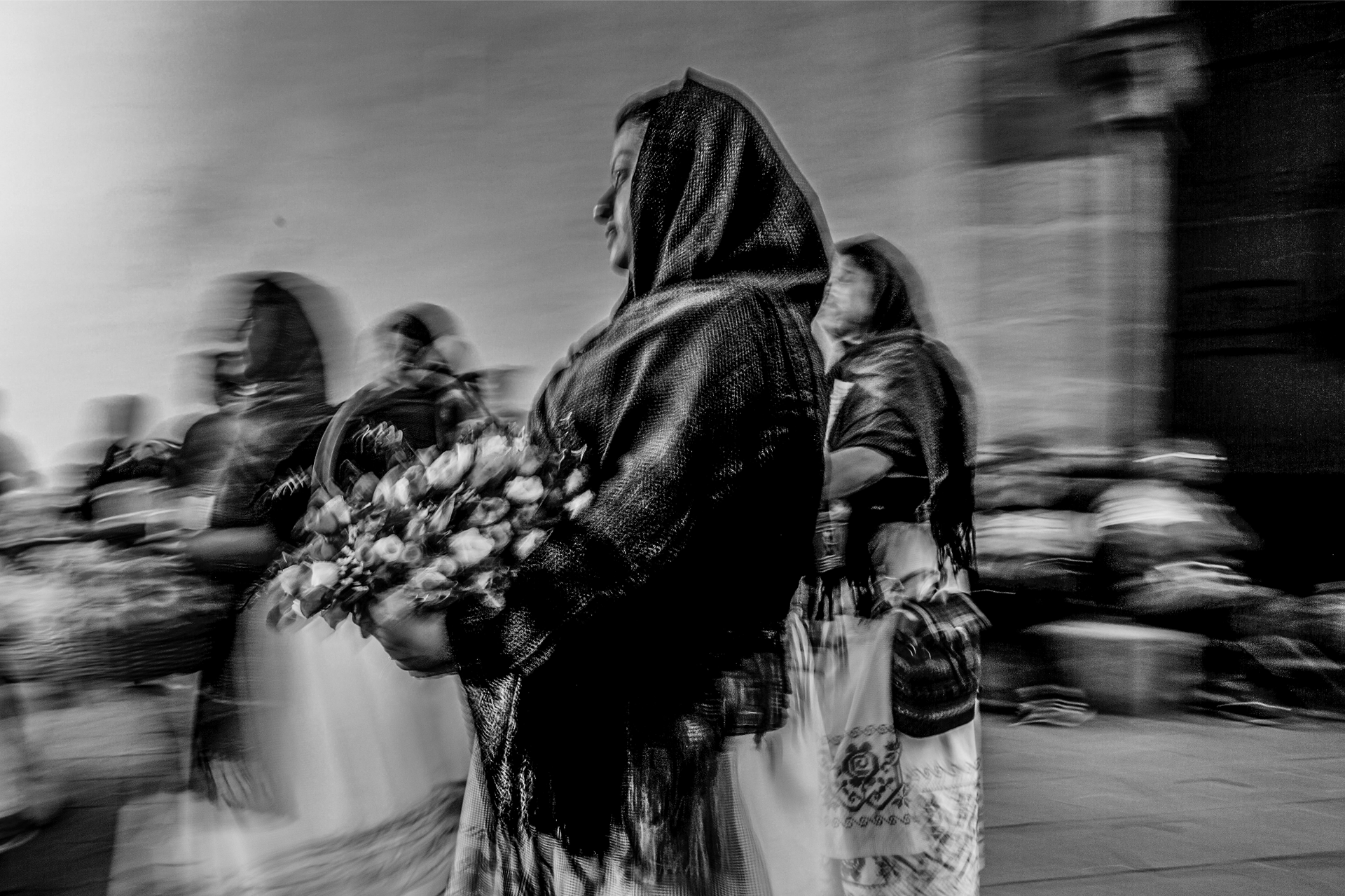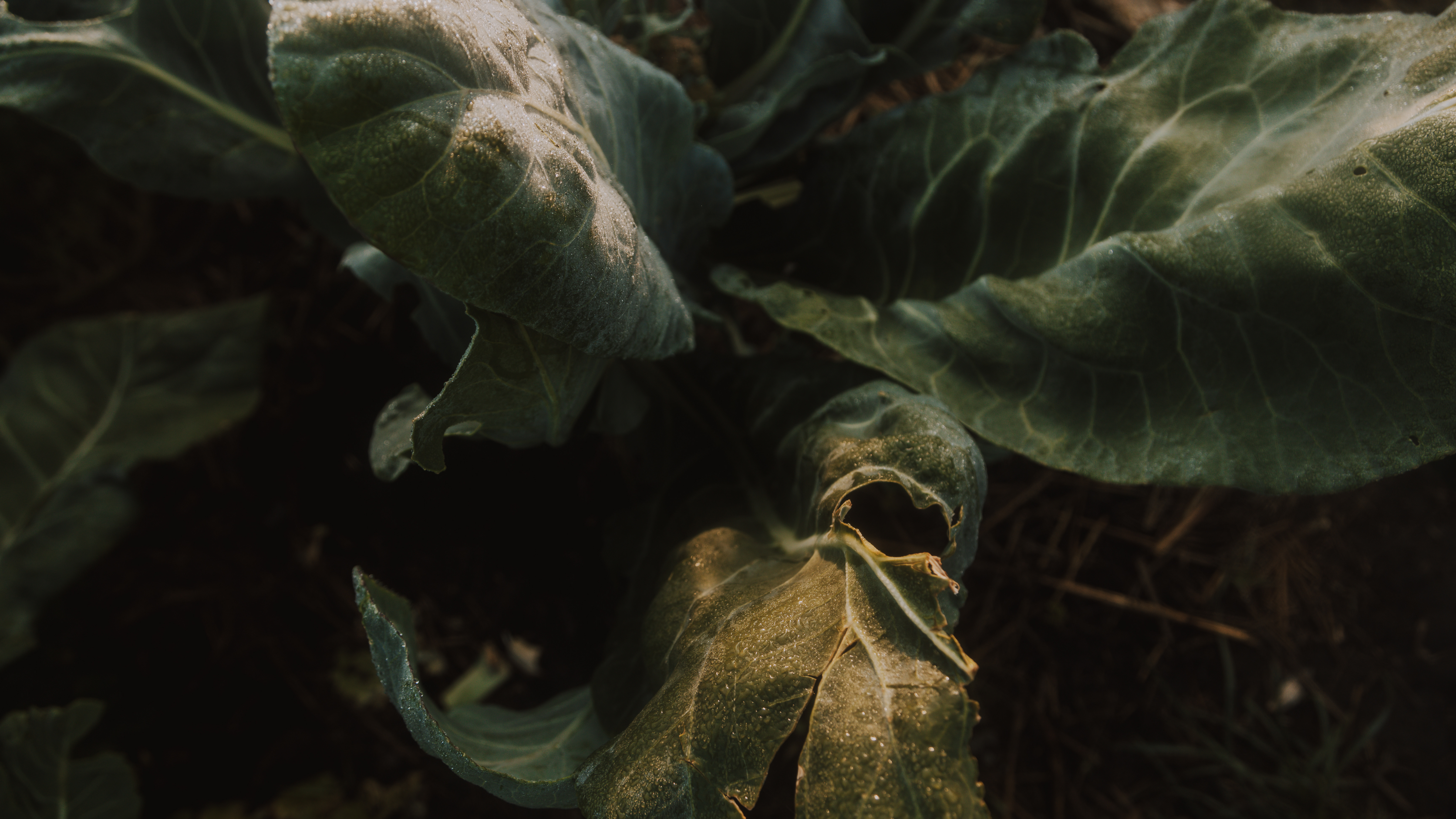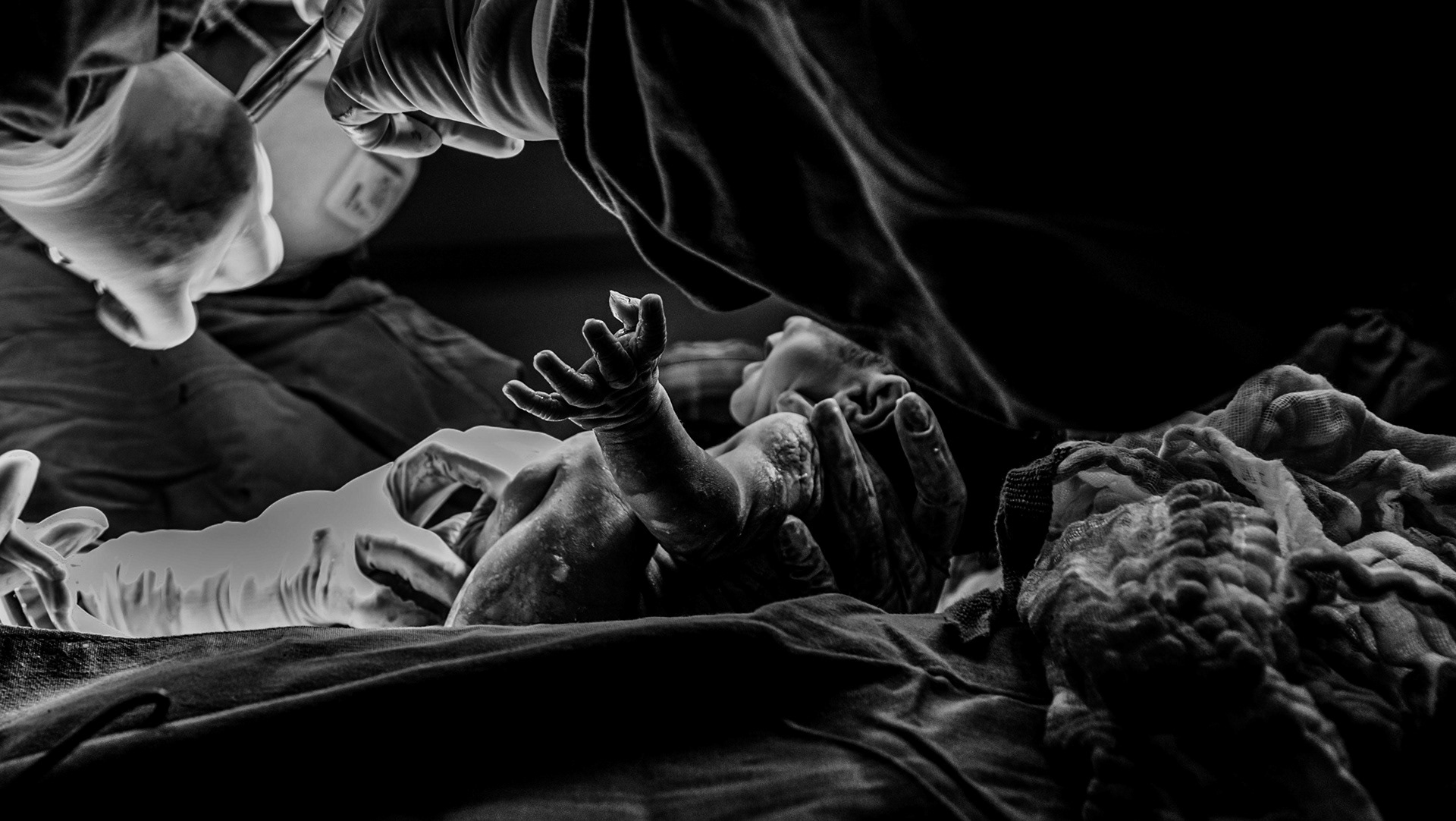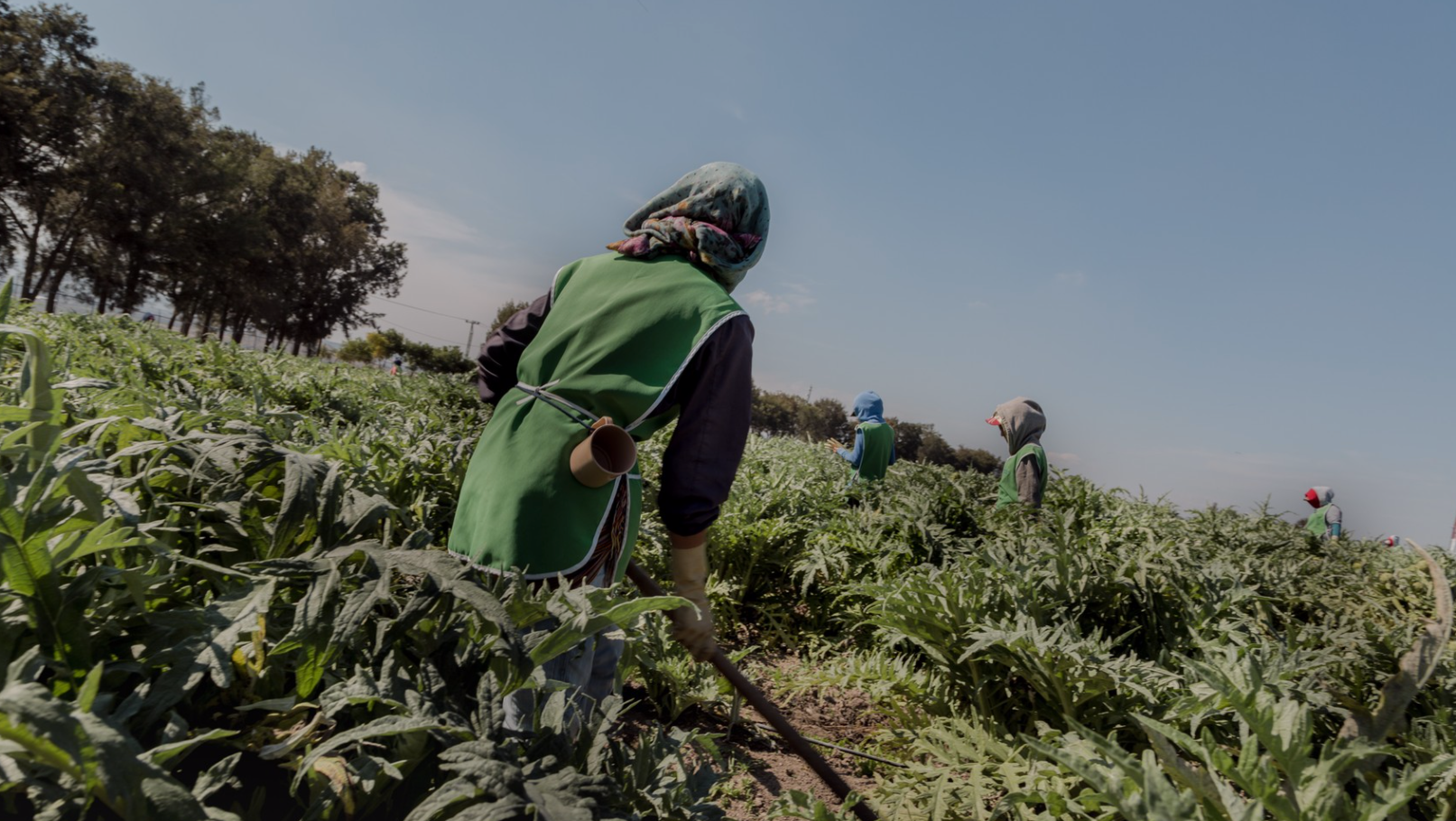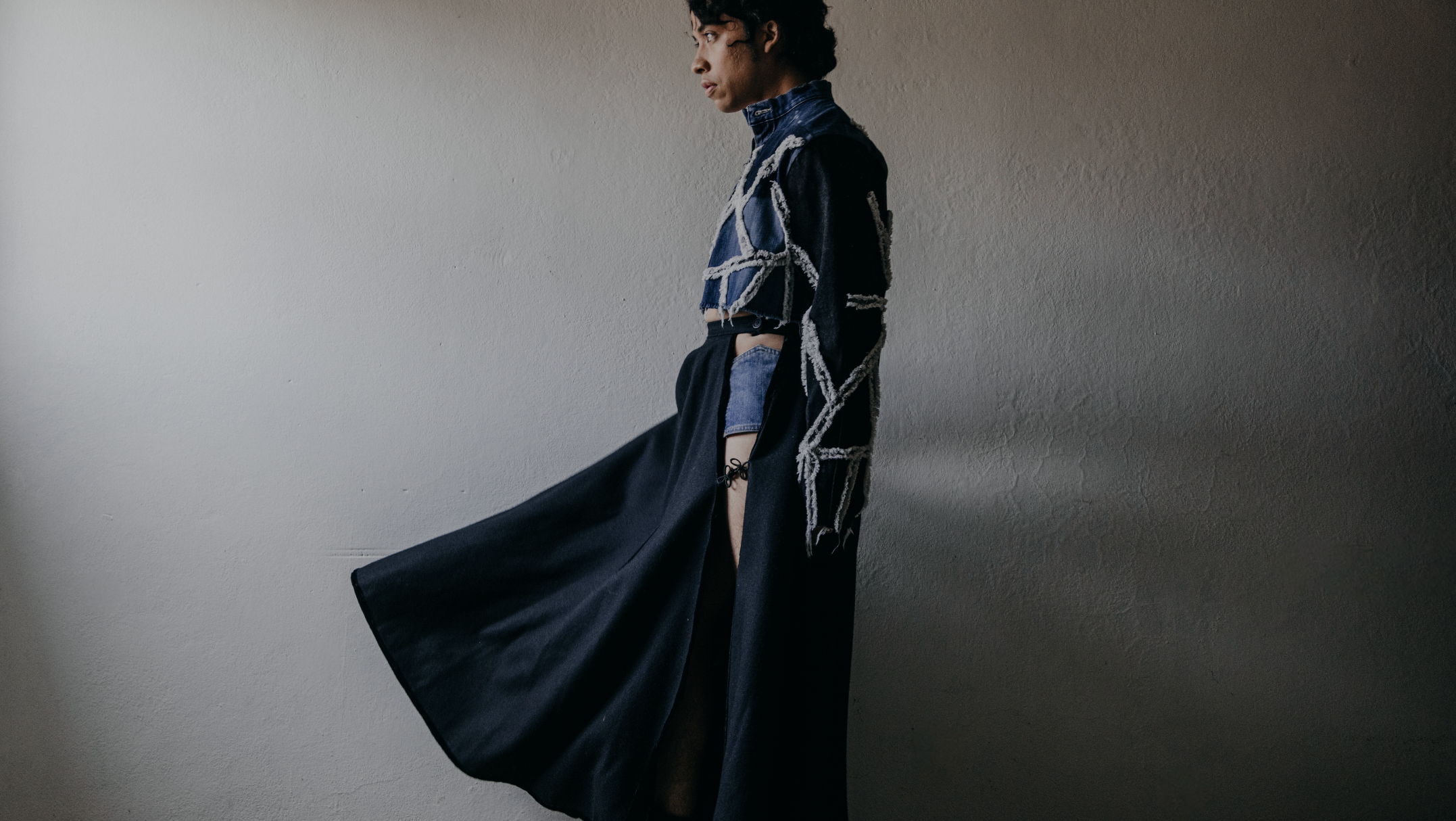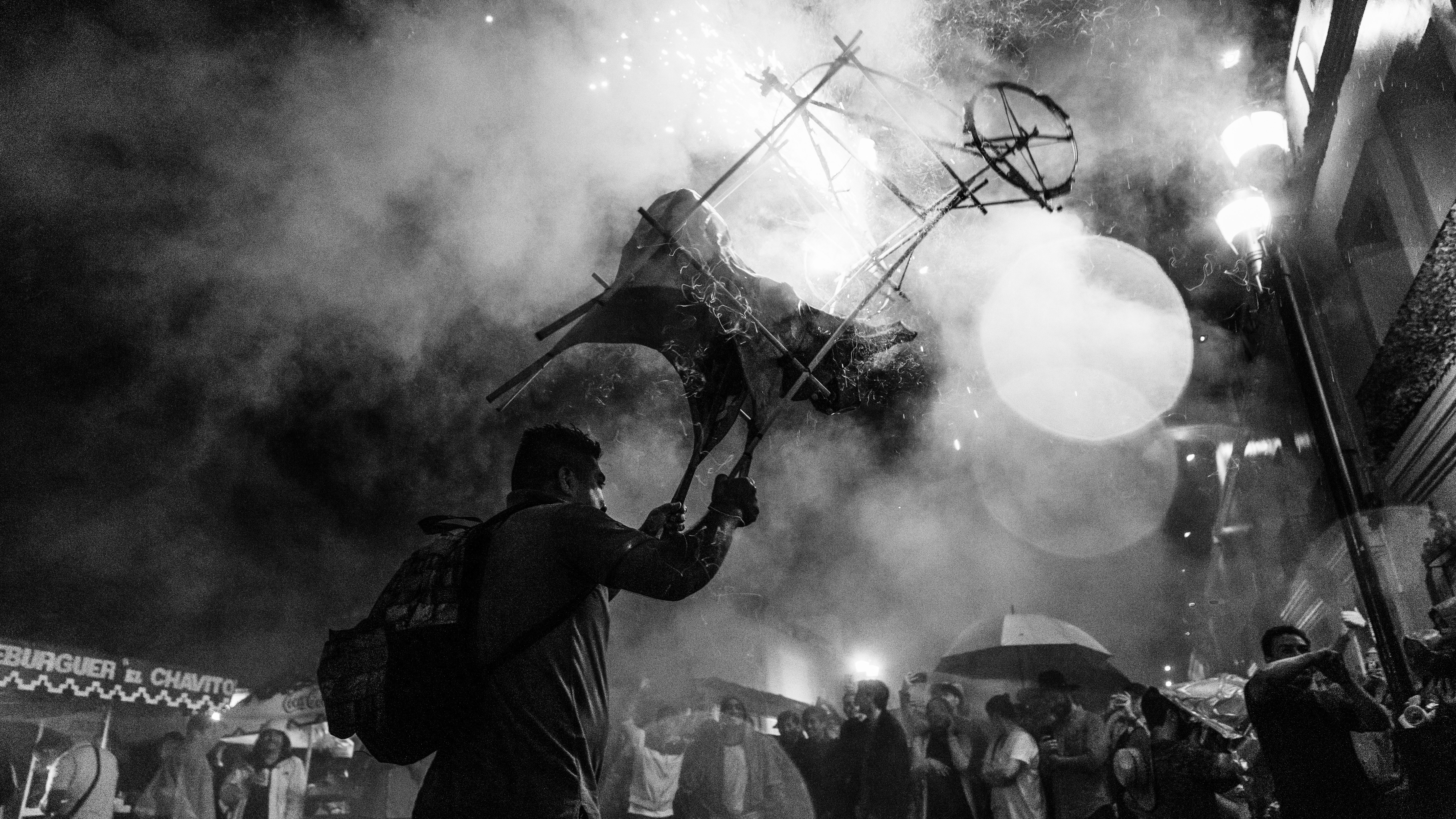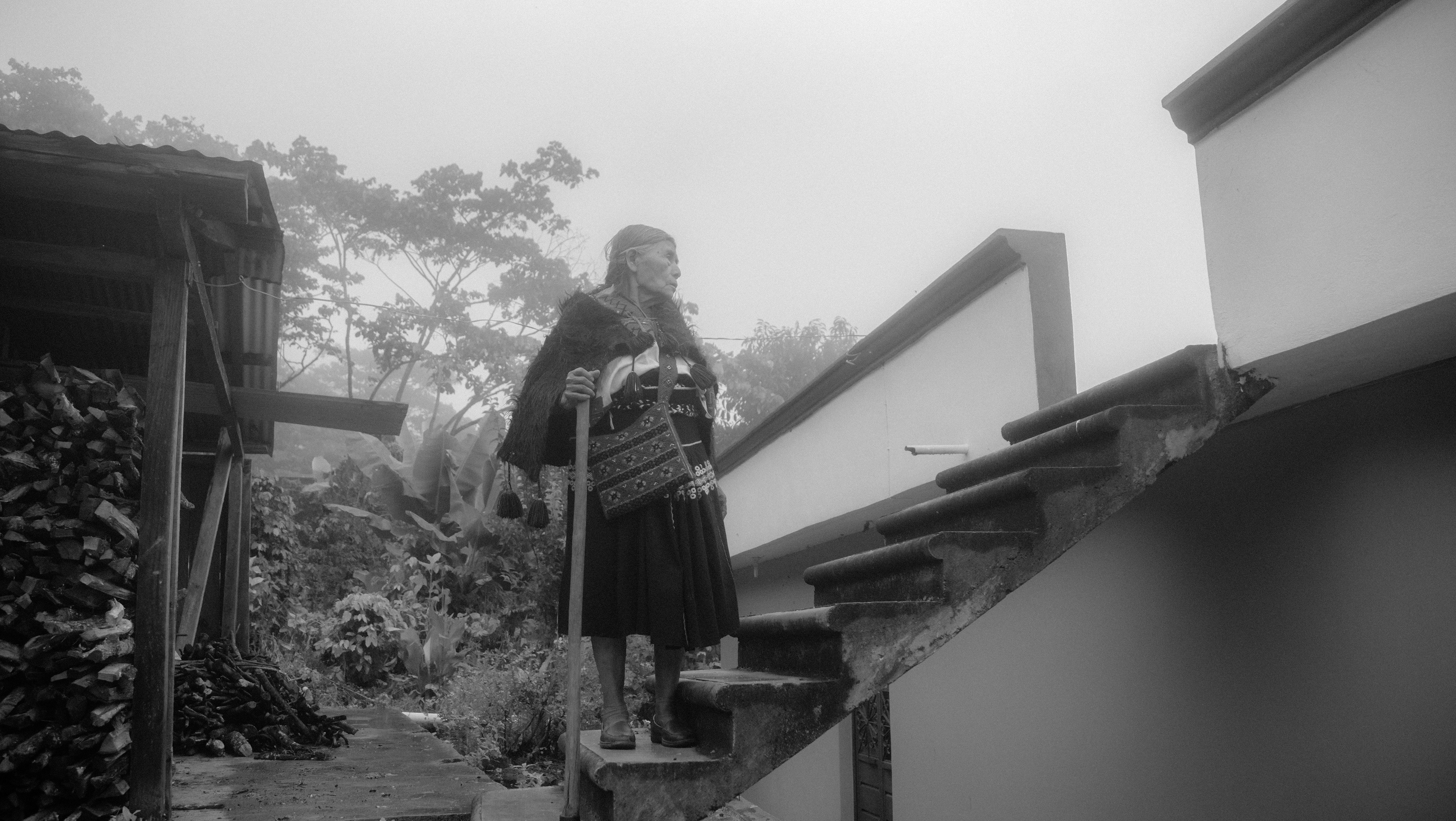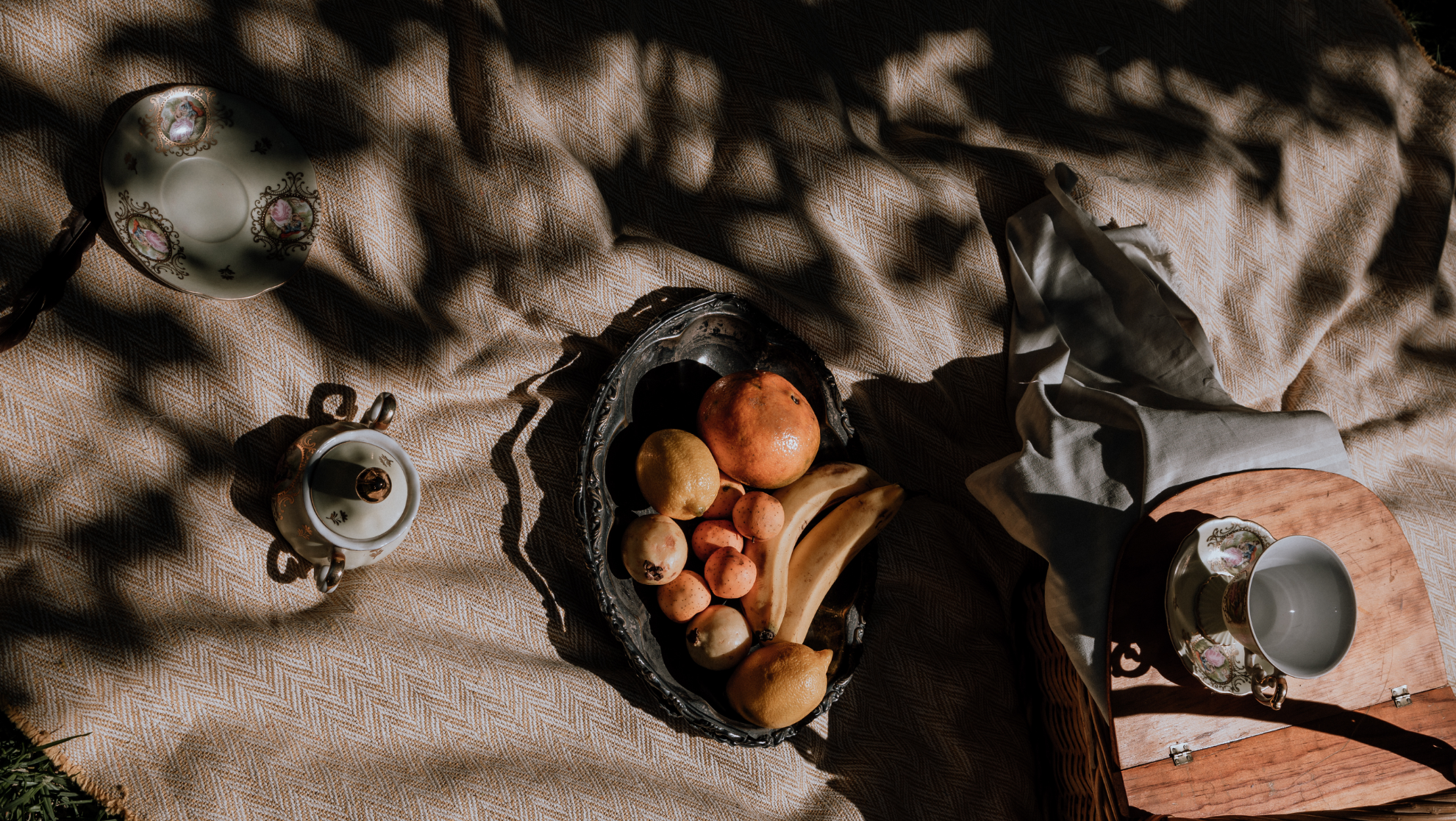In the city of Querétaro México, the city I grew up in, holds different traditions that unite communities, from children to elders, from every social status, where what matter is the desire of keeping faith in something bigger that themselves. To admire something and to believe great things are possible.
First, I documented the "Paseo del Buey" at the "Fiestas de la Virgen del Pueblito". Where people celebrate their religious figures from their catholic beliefs, with the syncretism of ancient indigenous traditions of the people that once lived in the area. To this day, the community of "El pueblito" offers in a ritual a bull (as the indigenous tradition) called "Paseo del Buey" as he whole town prepares the bull with offerings, walk with it through streets in direction to the temple of the "Virgen del Pueblito". The bull is later sacrificed and the beef prepared in a broth made by the women of the community, that is shared with everyone that is celebrating in the community.
I also documented a tradition that as though it may not be a religious one, it is a many year old tradition where people go to entertain themselves and to see a show of people that are truly inspiring to their audience. The Free Wrestling or "Lucha Libre". Men in masks performa their show, demonstrating their skills and passion for their sport. The people from every age, gender and social status, gather together as one celebrating their favorite fighters in their mystical characters they portray in the ringside every night.
And finally, the "Concheros".
It is a ritual inherited from the Mexica culture, who (it is said) practiced it for the first time in 1531 as a reminder of the battle between them and the Spanish conquerors on the Sangremal hill, Querétaro.
The ritual has managed to survive despite the difficulties that arose during the colonial era because the sounds that the percussions emitted were considered pagan. It is said that those who disobeyed the ban on playing the drums were punished by cutting off their hands.
What does it mean? The reason behind this dance was to unify man with the cosmos and establish harmony; hence it begins with the greeting to the four cardinal points (the four elements) with songs. The incense burner (ceramic piece used to make smoke) symbolizes fire; the sea snail, the wind. The water is placed in a container and the earth is the base on which the dance is performed.
The concheros (dancers) are descendants of the Mexica. Tree seeds (ayoyote) are placed around the ankles so that when they move, they sound imitating the rain. The drums mark the rhythm of the feet and the guitar, a mandolin (instrument of Spanish influence), is the one that carries the melody. The base of the guitar is an armadillo shell. For the dancers, the music and the ritual itself are sacred and in order to play a Spanish string instrument, they used the bodies of these animals that, according to beliefs, are of ancestral wisdom.







